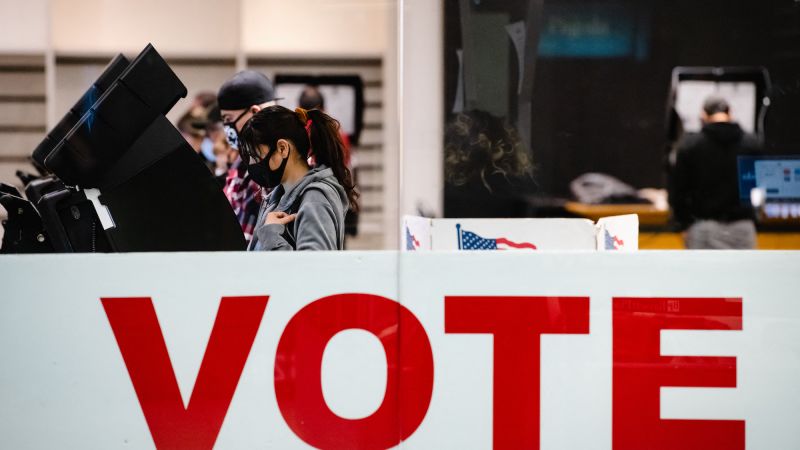
It’s a presidential election year. Here’s what that could mean for your 401(k)
CNN
Elections do have consequences. But if the past century is any guide, the long-term consequences of US presidential elections years on investors’ portfolios may be minimal.
Elections do have consequences. But if the past century is any guide, the long-term consequences of US presidential election years on investor portfolios, including 401(k)s, is minimal at best. A recent analysis by retirement planning firm TIAA considered how a moderate-risk portfolio with 60% stocks and 40% bonds fared across all presidential election years since 1928. Turns out there were only four years that had negative returns: 1932 (down 1.4%); 1940 (down 4.7%); 2000 (down 0.8%); and 2008 (down 20.1%). Unsurprisingly, those four presidential election years occurred at times of seismic events: The Great Depression. World War II. The implosion of the tech bubble. And the housing and financial crisis that created the Great Recession. But, over time, those negative returns didn’t move the needle in terms of long-term average performance. TIAA found that a 60/40 portfolio had an average annual return of 8.7% across the 24 presidential election years since 1928 — just a hair above the 8.5% average for the same portfolio during all non-election years over that same period. “Over a very long period of time, it washes out,” said Niladri Mukherjee, chief investment officer at TIAA. Of course, very few investors have a portfolio in play for that long and even fewer maintain the same stock-to-bond ratio throughout.













